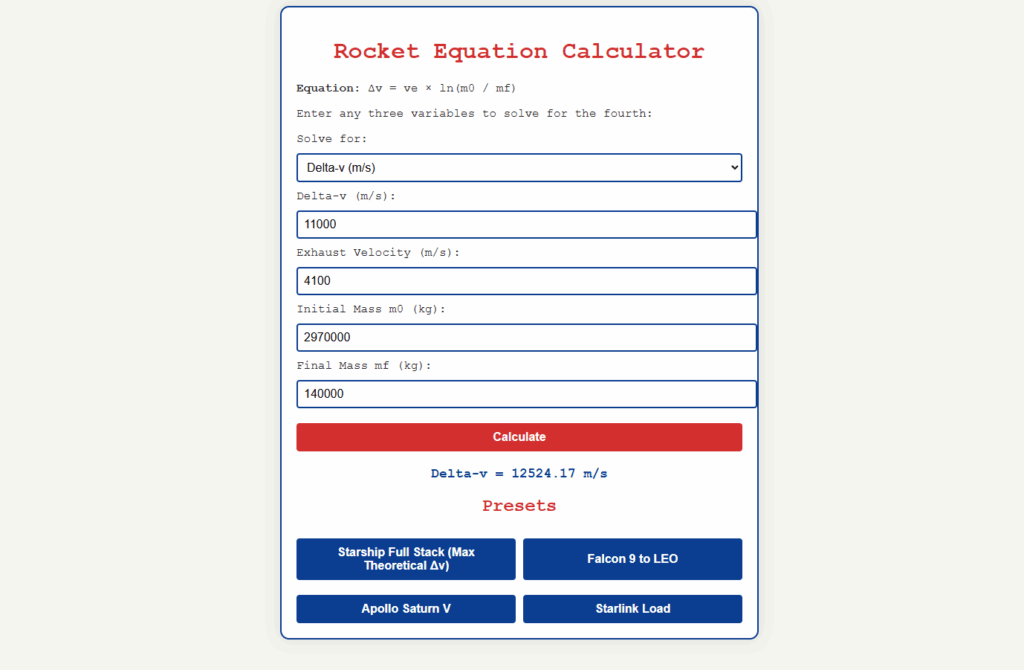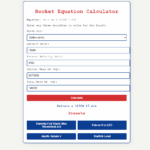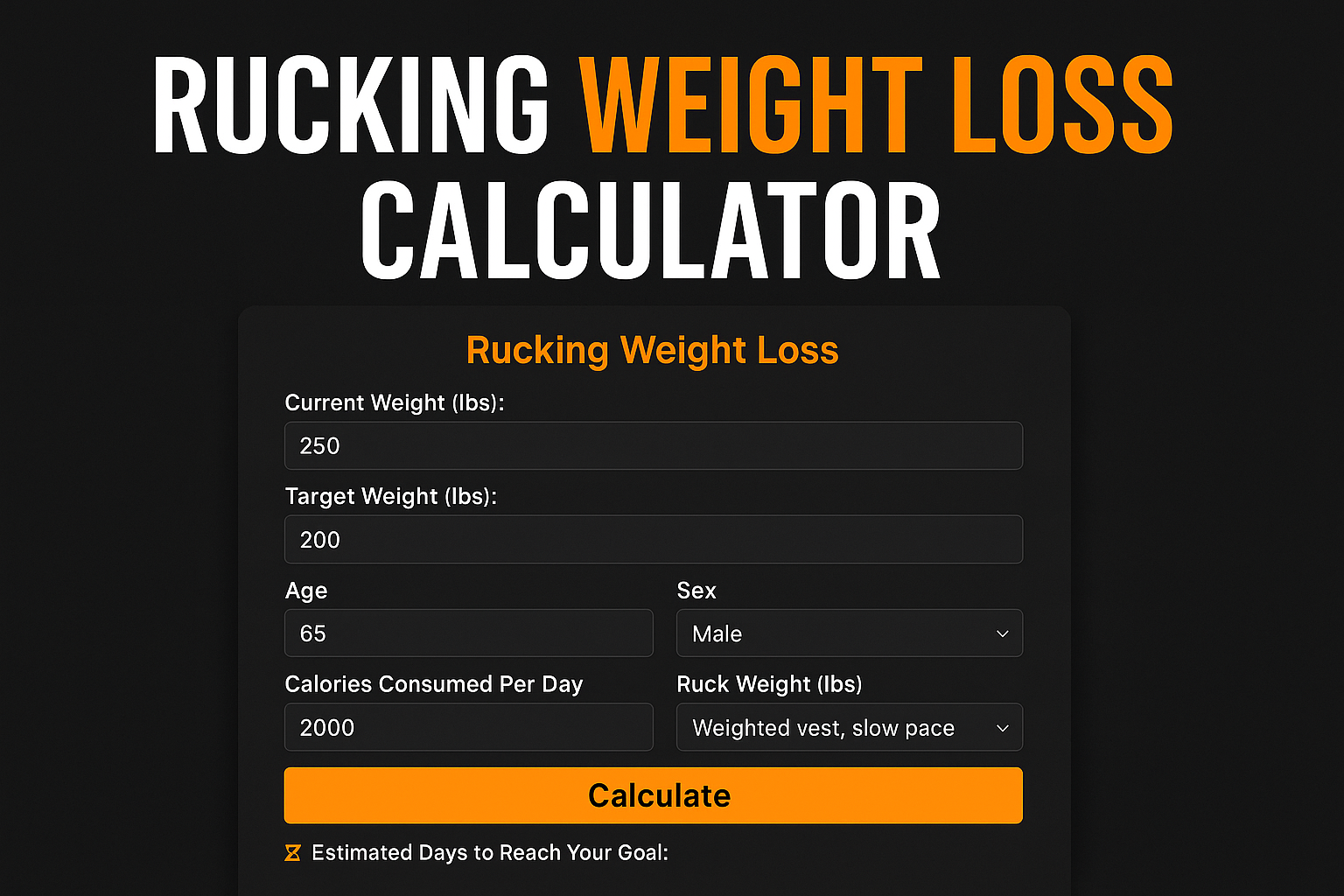
I didn’t build TheRocketEquation.com just to nerd out on delta-v. I built it because there’s a lot of myth-making in the world of space exploration—and very little math.
Here’s the basic idea: the more fuel you add to a rocket, the more fuel you need to carry that fuel. And the bigger you make it to hold all that fuel, the more mass you’re fighting against. It’s a vicious, exponential loop—one that quickly hits a wall. That’s what the rocket equation exposes.
Every time someone tells you we’re “going to Mars,” they almost never mention the real numbers. They don’t talk about escape velocity. They don’t talk about fuel mass ratios. They definitely don’t mention that the Starship rocket doesn’t even reach orbital velocity, let alone have the energy to inject into a trans-lunar or interplanetary trajectory.
Let’s be clear:
- Earth orbital velocity is ~7.8 km/s.
- Starship’s max recorded speed is ~7.3 km/s.
- Starship’s max theoretical delta-v (vacuum, no payload, no atmosphere) is ~11.2 km/s — but real-world conditions reduce it dramatically.
- Lunar transfer? ~11.2 km/s (for full mission profile from surface). Saturn V’s theoretical max was ~12.7 km/s, but real missions peaked around ~10.8–11 km/s.
- Mars transfer? ~15+ km/s (including all stages and losses).
And yet here we are—handing out government contracts and billions of dollars to projects that can’t even check the first box.
The Tsiolkovsky rocket equation isn’t new. It’s just been ignored.
Let’s also not forget: Saturn V missions actually had a return plan. They brought the astronauts back. They carried fuel for reentry maneuvers, had a detachable command module, and didn’t rely on fantasy tech to land 100+ ton stainless steel tubes back on Earth. Starship, on the other hand, has no return capsule, no elevator to reach the exit door over 100 feet off the ground, and no realistic fuel margin left for powered landings—let alone return flights from Mars. On its best test so far, it ran out of fuel just reaching a relatively slow speed.
So I made this calculator and site because people need a reality check. The dream of being an interplanetary species is awesome, but it’s not going to happen by slapping stainless steel together in a Texas parking lot, using CGI, and blowing it up again every few months while calling it innovation.
If we’re serious about space, we need to invest in new propulsion systems—actually invent something. The rocket equation has massive limitations. Chemical fuels have massive limitations. It’s a complete nonstarter for real space travel. A joke.
We need physics. Not fanboys. Not banana launches. Not bankrupt billionaires trying to cash out the last of the space hype before the public figures out the math.
The rocket equation doesn’t care about your feelings.
It doesn’t care about your stock options.
It doesn’t lie.
So go plug in the numbers for yourself. If you still think Starship’s going to Mars, you might want to check your delta-v.
🔗 Try the Rocket Equation Calculator for yourself:
https://therocketequation.com/
It’s free, open, and doesn’t care how many CGI explosions you’ve watched.

Discover more from Preston Shamblen
Subscribe to get the latest posts sent to your email.












